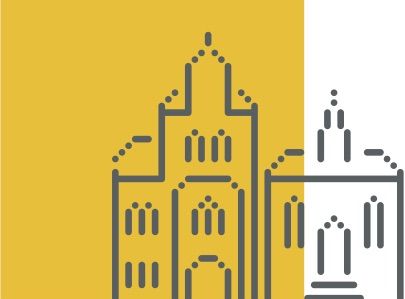Dagstuhl-Seminar 27021
Digital Twins for Cyber-Physical Systems
( 10. Jan – 15. Jan, 2027 )
Permalink
Organisatoren
- Einar Broch Johnsen (University of Oslo, NO)
- Peter Gorm Larsen (Aarhus University, DK)
- Martin Leucker (Universität Lübeck, DE)
- Cristina Seceleanu (Mälardalen University - Västerås, SE)
Kontakt
- Michael Gerke (für wissenschaftliche Fragen)
- Jutka Gasiorowski (für administrative Fragen)
Digital Twins (DTs), which are virtual, continuously updated counterparts of physical systems, are widely seen as a game-changing technology for the design, analysis, and operation of Cyber-Physical Systems (CPSs). By tightly coupling models with live data streams and control, DTs enable predictive maintenance, what-if exploration, rapid incident response, and resilient system reconfiguration. They promise safer autonomous vehicles, more sustainable production systems, smarter infrastructure, and even new forms of medical robotics. As nations and industries invest heavily in DT initiatives, the potential societal and economic impact is immense.
However, this potential comes with major engineering challenges. To be trusted, DTs must be dependable: accurate despite noisy or delayed data, responsive in real time, secure against cyberattacks, and adaptable as CPSs evolve. They must work reliably in systems-of-systems, align across multiple abstraction levels, and support human decision-making without encouraging over-reliance on automation. Meeting these demands requires a concerted interdisciplinary effort, spanning systems and software engineering, formal methods, AI and data science, security, and industrial practice.
To deliver dependable twins we need frameworks, methods, and tools that systematically address the full range of systems engineering activities. We must produce evidence that adds to our confidence that a twin is fit for purpose. At this Dagstuhl Seminar, which focuses on the systematic engineering of trustworthy DTs supporting CPSs, our aim is to provide additional value for DT users. Topics of interest include, but are not limited to, frameworks, methods, and tools for the following:
- Architectures for dependable DTs.
- Support for CPS operation in unpredictable environments.
- Anomaly detection in CPS’ DTs.
- Mitigating the impact of noise, timing delays, and inaccuracies in DT-CPS communication.
- Integrating heterogeneous DTs in systems-of-systems, while ensuring their combined dependability and correctness.
- Dependability assurance, including of safety and security, of DTs and their corresponding physical twins.
- Establishing clear boundaries between human and machine decision-making to avoid overreliance on automation.
- Handling real-time data streams for simulations in dynamic scenario analyses.
- Maintaining alignment across CPS models at varying abstraction levels within a DT.
 Einar Broch Johnsen, Peter Gorm Larsen, Martin Leucker, and Cristina Seceleanu
Einar Broch Johnsen, Peter Gorm Larsen, Martin Leucker, and Cristina Seceleanu
Klassifikation
- Formal Languages and Automata Theory
- Software Engineering
- Systems and Control
Schlagworte
- digital twins
- cyber-physical systems
- monitoring

 Creative Commons BY 4.0
Creative Commons BY 4.0
